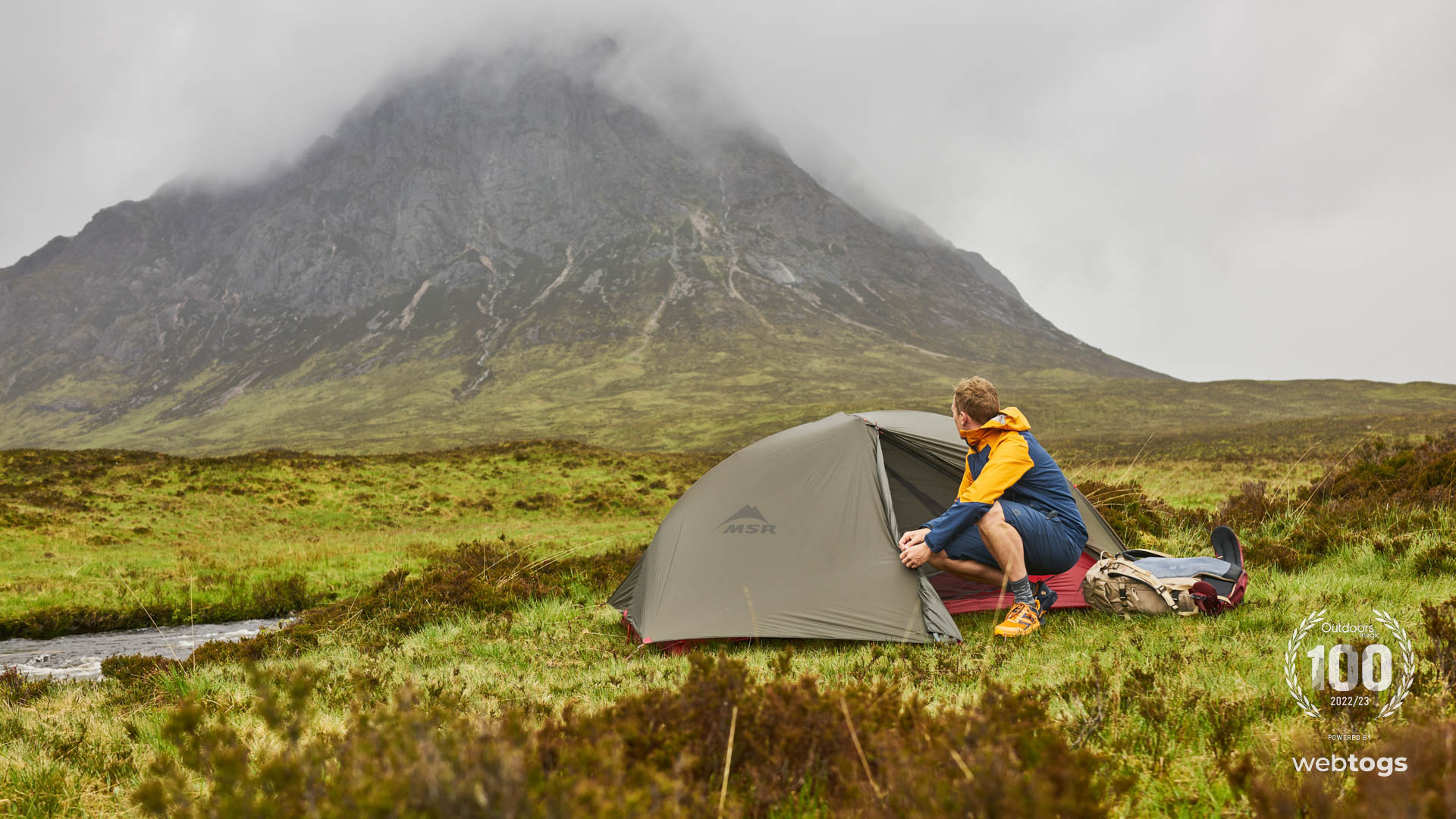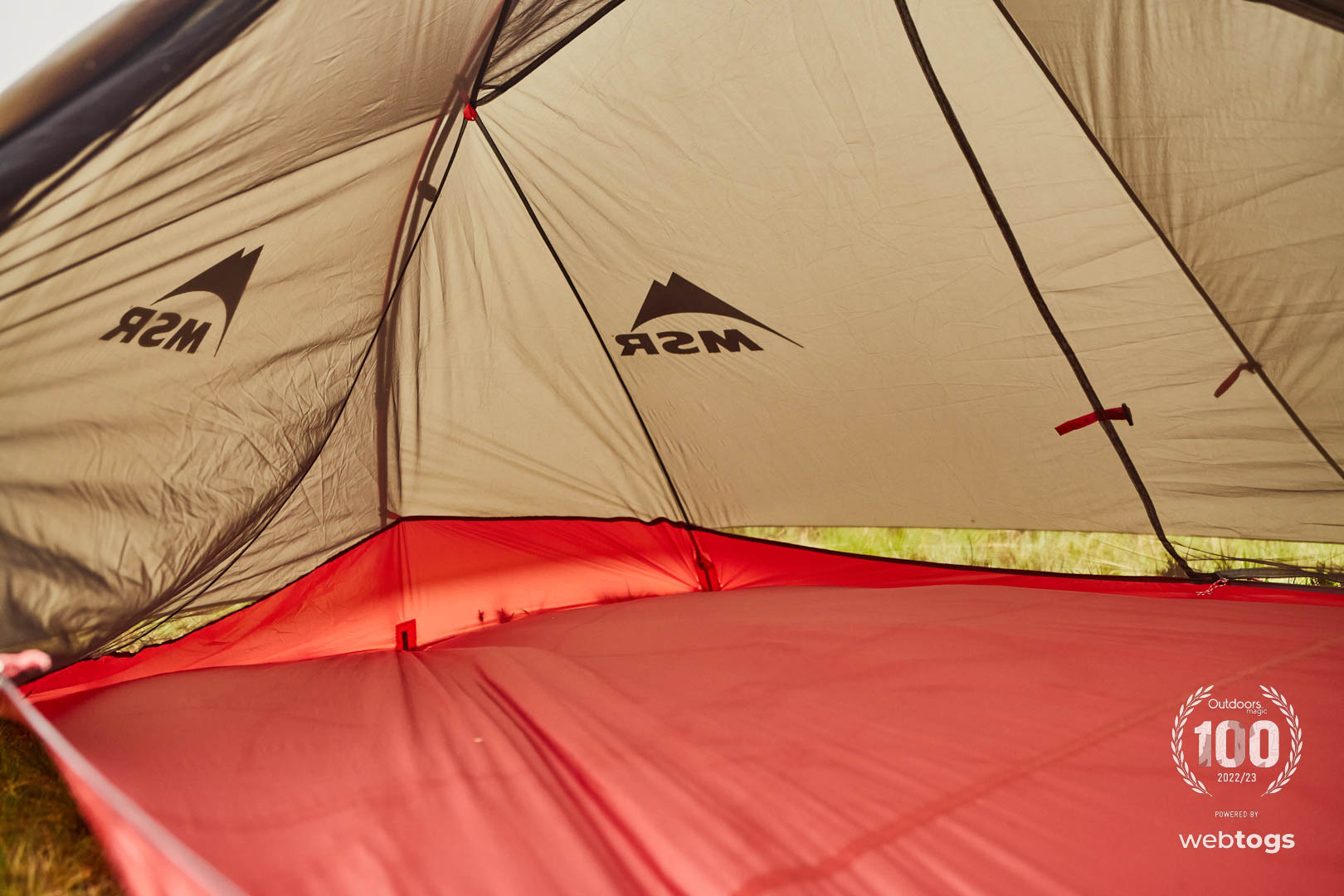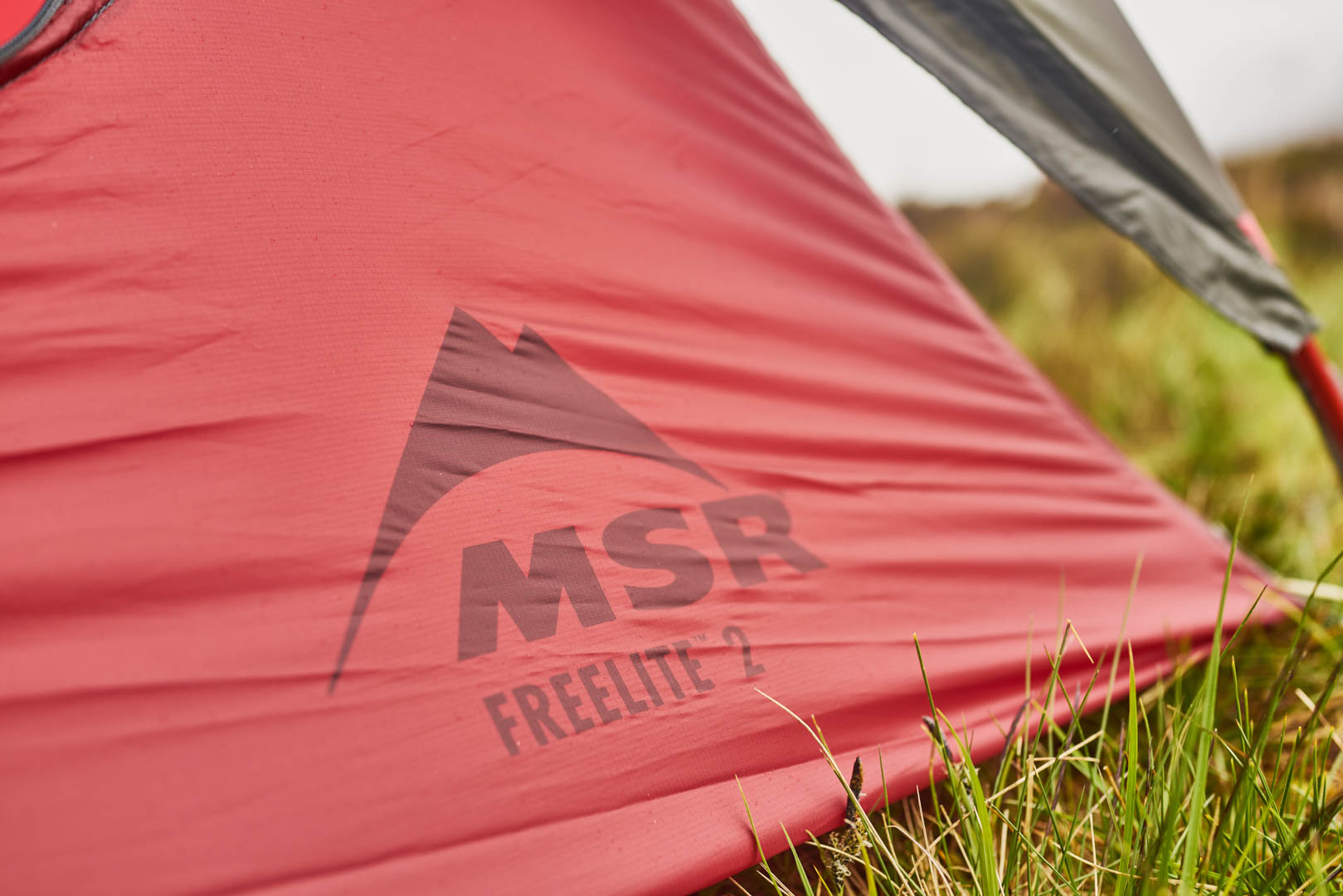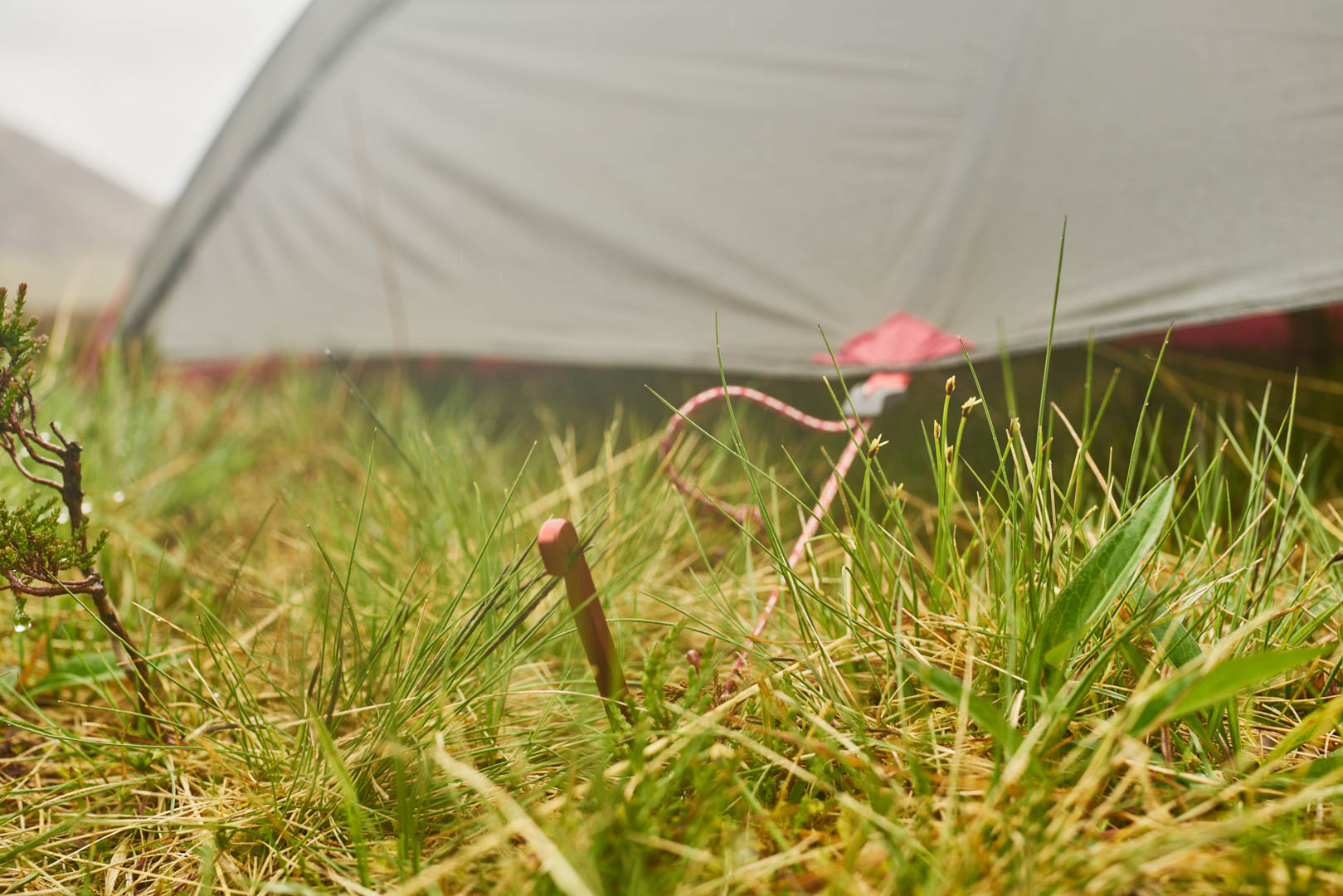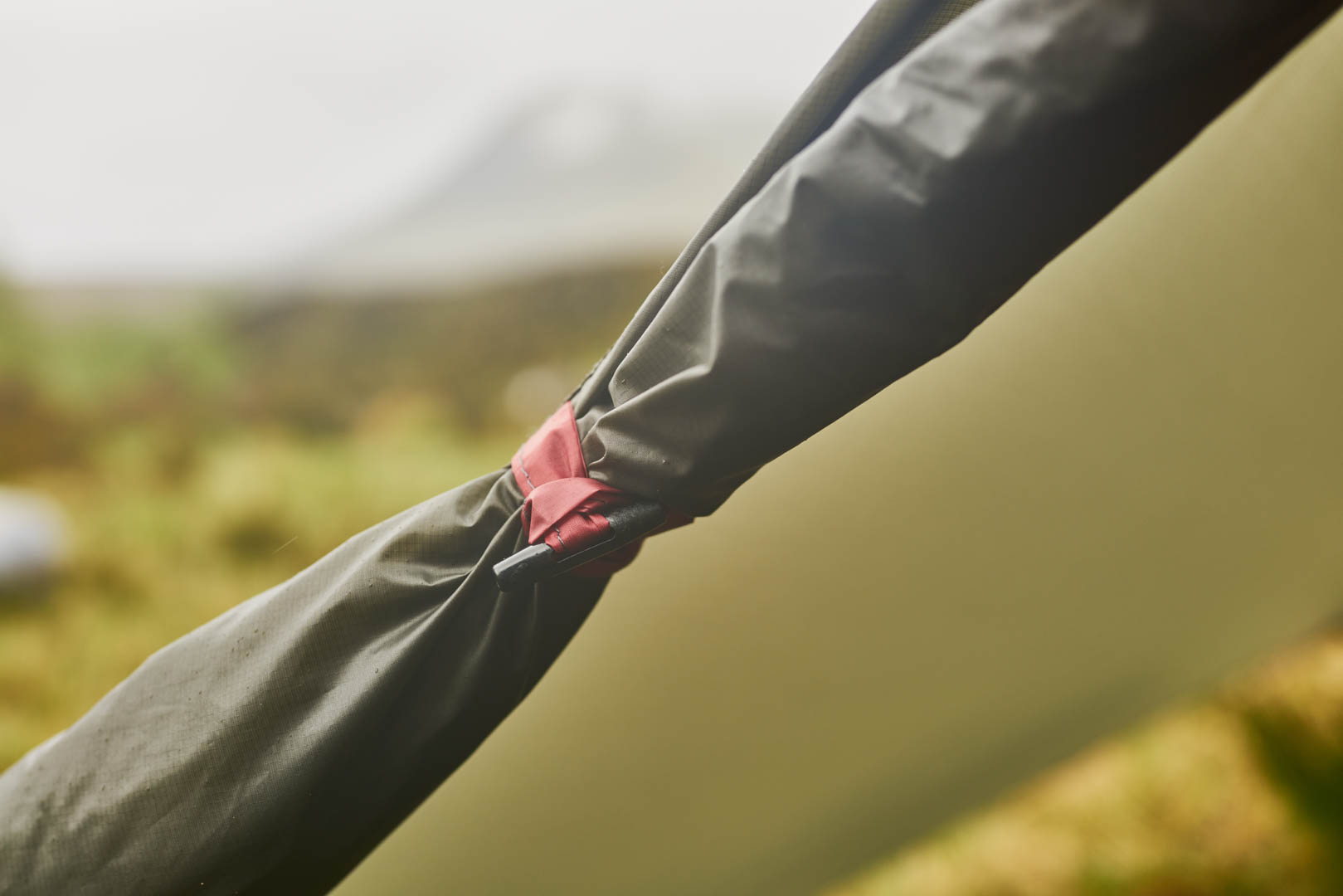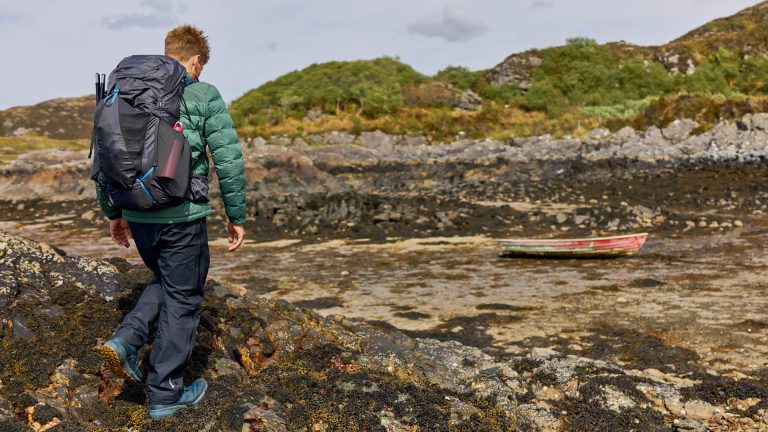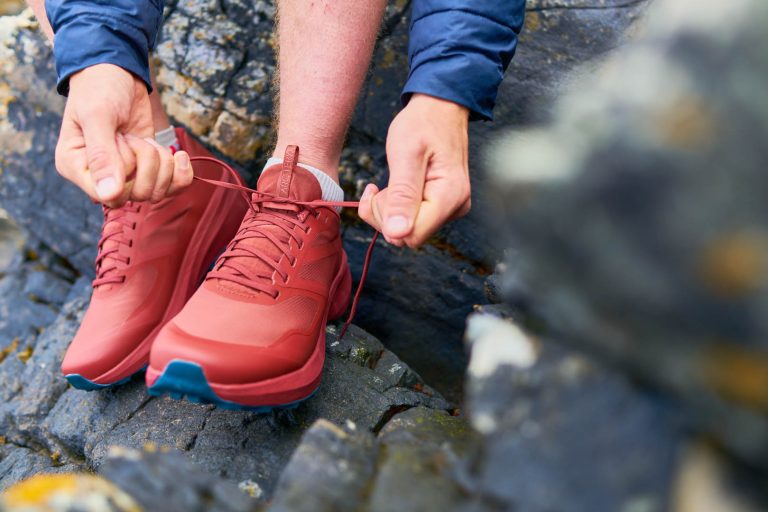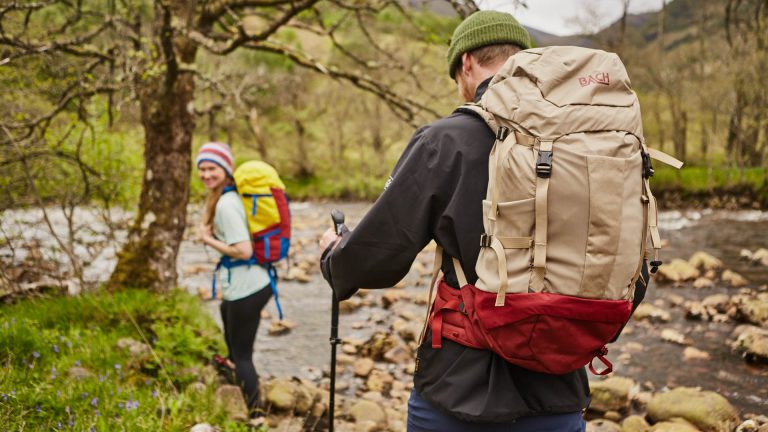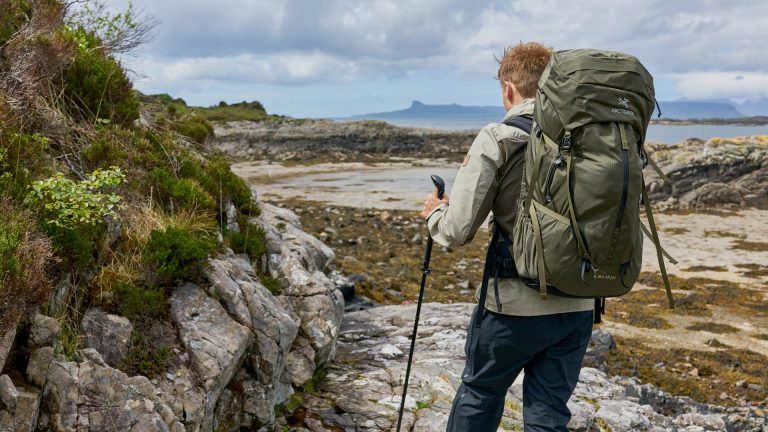Why We Chose The MSR FreeLite 2 Tent: Ultralight, double skin design, twin doors and porch areas.
MSR has established an enviable reputation for building fantastic backpacking tents. The brand’s perennially popular Hubba series is a common sight on the trail and in the hills, much loved by lightweight backpackers and wild campers alike.
However, if you’re looking for a two-person tent that’s even lighter than the MSR Hubba Hubba, MSR also offers the FreeLite 2. Designed for ultralight adventures of all descriptions, this tent is all about maximum space-to-weight, without compromising too much in terms of overall protection or durability. That makes it a good choice for extended trips. Or, as the brand puts it: “The FreeLite keeps your pack light when you have tons of other gear to carry”.
Who Is The MSR FreeLite 2 Tent For?
This tent is roomy when pitched but light and compact when packed, whilst also offering reasonable protection and durability for life on the trail. We reckon it’d be a good choice for challenging but well-trodden long-distance trails like the Pennine Way.
Materials
The flysheet is 15D ripstop nylon, coated on both sides with MSR’s proprietary Durashield PU, and finished with taped seams. In terms of waterproofing, the Hydrostatic Head rating is 1,200mm.
The inner is almost entirely made from 10D polyester micro mesh, with a bathtub groundsheet made of the same material as the rainfly (again 1,200mm HH). The mesh inner keeps the tent weight down while ensuring excellent condensation control. Its only potential drawback is that it can feel a little draughty in colder conditions.
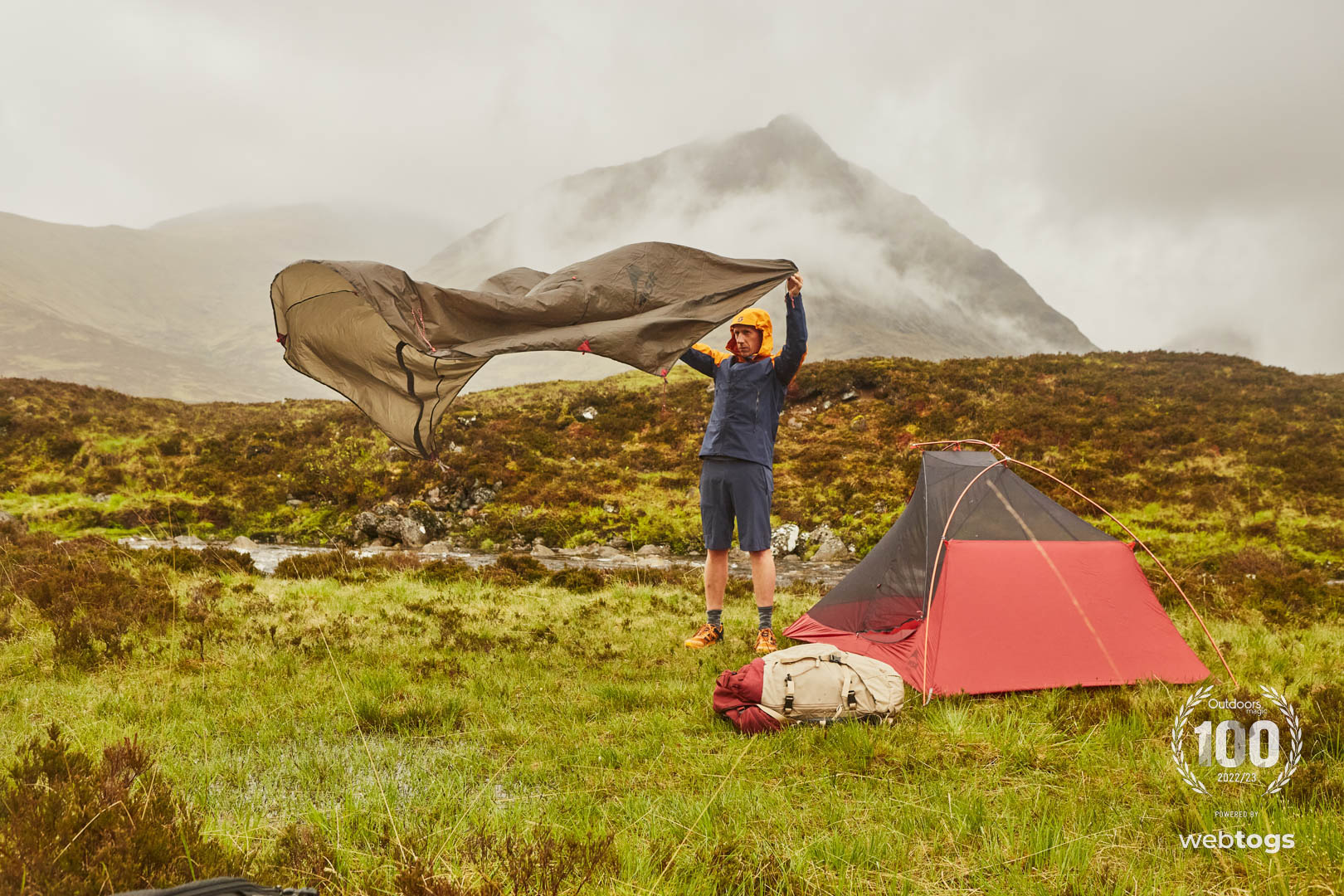
The poles are high-quality aluminium alloy DAC NFL, measuring 8.7mm in diameter. The tent is supplied with lightweight pegs and guylines, plus a stuff sack.
You might notice that MSR’s fabrics have a lower Hydrostatic Head rating than many rival tent manufacturers. Though that might be a concern for some, remember that there’s more to waterproofing than lab stats and numbers alone. Put it this way – we’ve tested many MSR tents over the years here at OM, and have found that in real world scenarios most of their tents seem to stand up to wet weather just as well as any other.
Those 15D fabrics are very thin though – especially that groundsheet. We’d recommend using a footprint, which is good advice to help protect and prolong the life of any tent, but it’s especially important with the FreeLite series.

